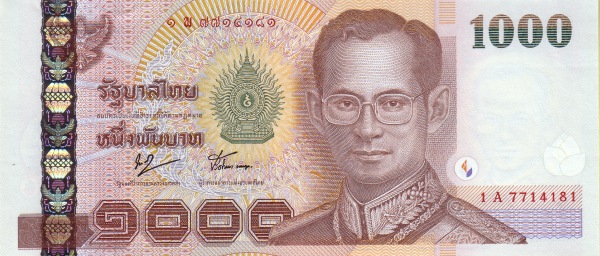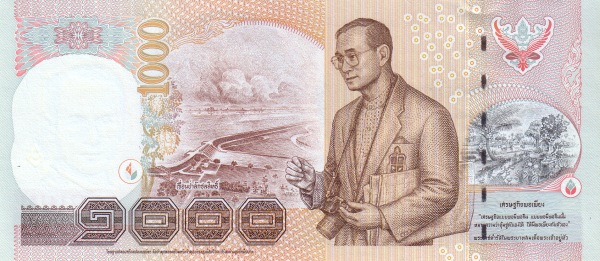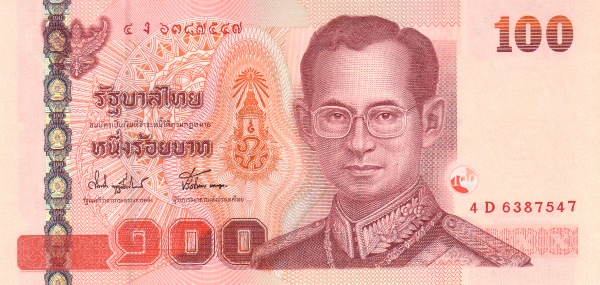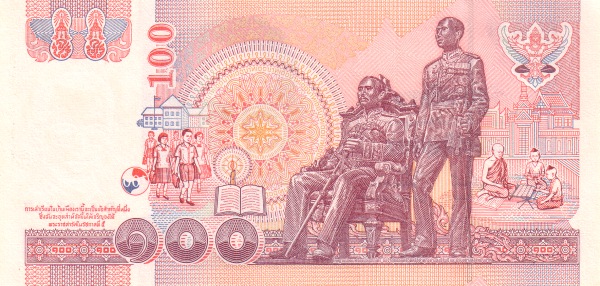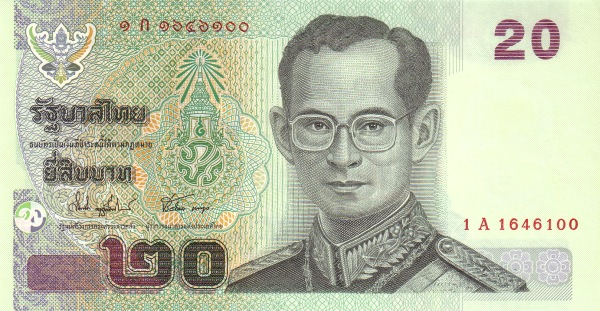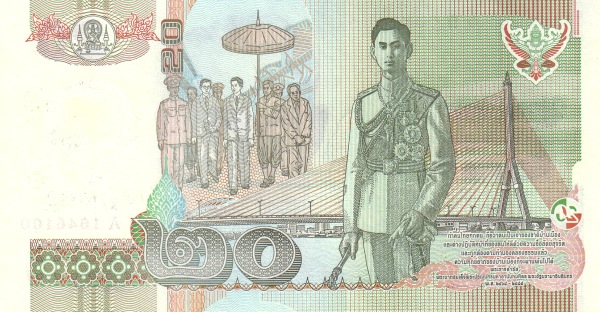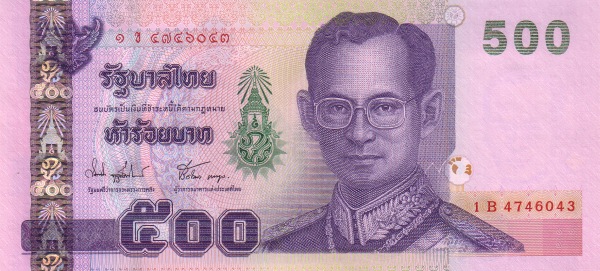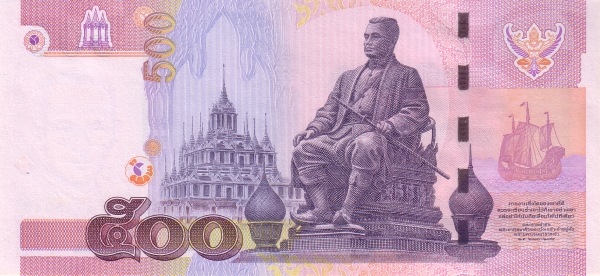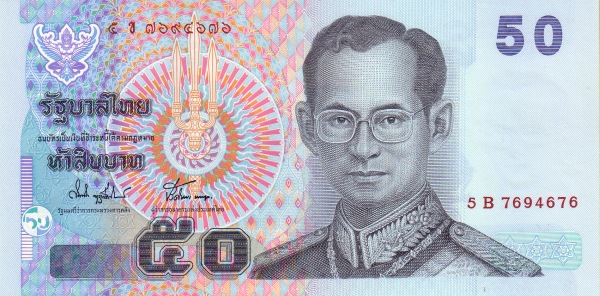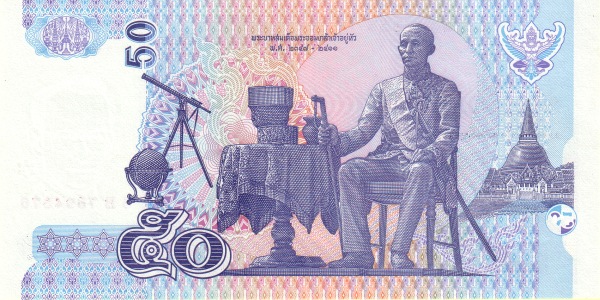Introduction to Thailand: The Land of Smiles
Welcome to Thailand, a stunning Kingdom situated in Southeast Asia. Nestled between Myanmar (Burma) to the west and northwest, the Andaman Sea to the southwest, Lao PDR to the east and northeast, and Cambodia to the southeast, Thailand boasts diverse geography. The Gulf of Thailand, part of the South China Sea, flanks its southern coast, while Malaysia lies to the south. Covering an impressive area of 513,120 km², Thailand is slightly larger than Spain and more than twice the size of Wyoming, a state in the United States. It’s essential to note that prior to 1939, the world knew this beautiful country as Siam.
A Brief Overview of Thailand
As of 2024, Thailand hosts a vibrant population of approximately 66 million people, making it one of the most dynamic nations in the region. Bangkok, the capital and the largest city, is home to around 11 million residents in its metropolitan area. The predominant language spoken here is Thai, and the country predominantly practices Buddhism, with 92% of the population identifying as Buddhists, 5.4% as Muslims, and 1.2% as Christians.
Thailand's Journey through Governance
Often referred to as the Land of Smiles and "Muang Thai" or the Land of the Free, Thailand carries a rich history and a unique political landscape. Until March 2015, the country operated under martial law following a military coup in May 2014. At that time, the Royal Thai Armed Forces dissolved both the caretaker government and the senate, repealing the constitution and establishing a military junta.
The Transition of Kingship
On October 13, 2016, Thailand mourned the passing of His Majesty King Bhumibol Adulyadej, the ninth ruler from the esteemed Chakri Dynasty. Following his death, Crown Prince Maha Vajiralongkorn ascended the throne on December 1, 2016, continuing the royal legacy of the Kingdom.
Government Structure and Historical Background
A Constitutional Monarchy
Thailand operates under a constitutional monarchy, a political system that combines monarchic tradition with a framework of democratic governance. The country's constitution, which was last promulgated on October 11, 1997, plays a crucial role in guiding the nation's legal and political norms. Historically, Thailand has never been colonized, a remarkable feat that marks its founding date back to 1238.
Geographical Wonders
The geography of Thailand presents a fascinating mix of landscapes. The nation is located on the mainland of Southeast Asia, bordered by the Andaman Sea to the west and the Gulf of Thailand to the east. The country showcases a densely populated central plain, a plateau in the northeast, and significant mountain ranges in the western region. Additionally, the southern isthmus connects Thailand to the Malay Peninsula.
Climate Characteristics of Thailand
Thailand experiences a warm and humid tropical climate, typical of monsoonal regions. The seasons divide into three primary categories: the dry season stretches from March to May, while the rainy season spans from June to October. The cool season, which lasts from November to February, often attracts many tourists eager to explore the beautiful landscapes and cultural hotspots of Thailand.
The People of Thailand
The people of Thailand, known as Thai or Thais, contribute significantly to the rich cultural tapestry of the nation. The population, estimated to be 66 million in 2024, reflects a diverse range of ethnicities, with 89% identifying as Thai and the remaining 11% belonging to various other ethnic groups. Religion plays an essential role in daily life, with Theravada Buddhism practiced by 90% of the population. Other faiths, including Islam, Christianity, and Hinduism, also find their place within the society.
Education and Literacy
Thailand prides itself on a literacy rate that stands impressively at 96% for males and 92% for females. The substantial investment in education reflects the nation's commitment to progress and development.
Natural Resources and Agriculture
Thailand is endowed with a wealth of natural resources. Key resources such as tin, rubber, natural gas, tungsten, and timber contribute significantly to the economy. Agriculture is a vital sector as well, with major products including rice, cassava (tapioca), rubber, corn, sugarcane, coconuts, and soybeans. This agricultural backbone supports not only local sustenance but also international trade.
Industries That Drive the Economy
The Thai economy thrives on various industries that shape its global standing. Notably, tourism draws millions of visitors each year, helping to showcase Thailand's cultural heritage and natural beauty. Textiles and garments rank high in economic importance, along with agricultural processing, beverages, tobacco, cement, and light manufacturing, which includes jewelry and electronic components. Thailand stands proud as the world's second-largest tungsten producer and the third-largest tin producer.
Trade and Export Dynamics
When it comes to trade, Thailand exports a variety of commodities. Key exports include electronics, automotive parts, electrical appliances, machinery, textiles, and footwear, as well as fishery products. Notably, the United States accounts for 17% of Thailand's export market, followed closely by China, Japan, Vietnam, and Malaysia.
The Import Landscape
On the flip side, Thailand imports several goods, including capital goods, intermediate goods and raw materials, consumer goods, and fuels. China emerges as the primary partner, making up 26% of imports, followed by Japan, the UAE, the United States, and Malaysia.
In conclusion, Thailand encapsulates a vibrant culture defined by its rich history, stunning landscapes, and dynamic economy. Visitors and residents alike experience the warmth and hospitality that's synonymous with this beautiful Kingdom. Whether exploring its lush mountains, pristine beaches, or bustling cities, Thailand continues to enchance its reputation as a top destination in Southeast Asia.
Largest cities of: Thailand
| City Name | Population | Year of foundation | |
| Bangkok | 8,300,000 | 1782 | |
| Nonthaburi | 2,587,000 | 1782 | |
| Hat Yai | 1,500,000 | 1949 | |
| Nakhon Ratchasima | 1,430,000 | 1736 | |
| Chiang Mai | 1,300,000 | 1296 | |
| Udon Thani | 400,000 | 1899 | |
| Nakhon Si Thammarat | 300,000 | B 500 | |
| Rayong | 200,000 | 1783 |
Thailand: Money
